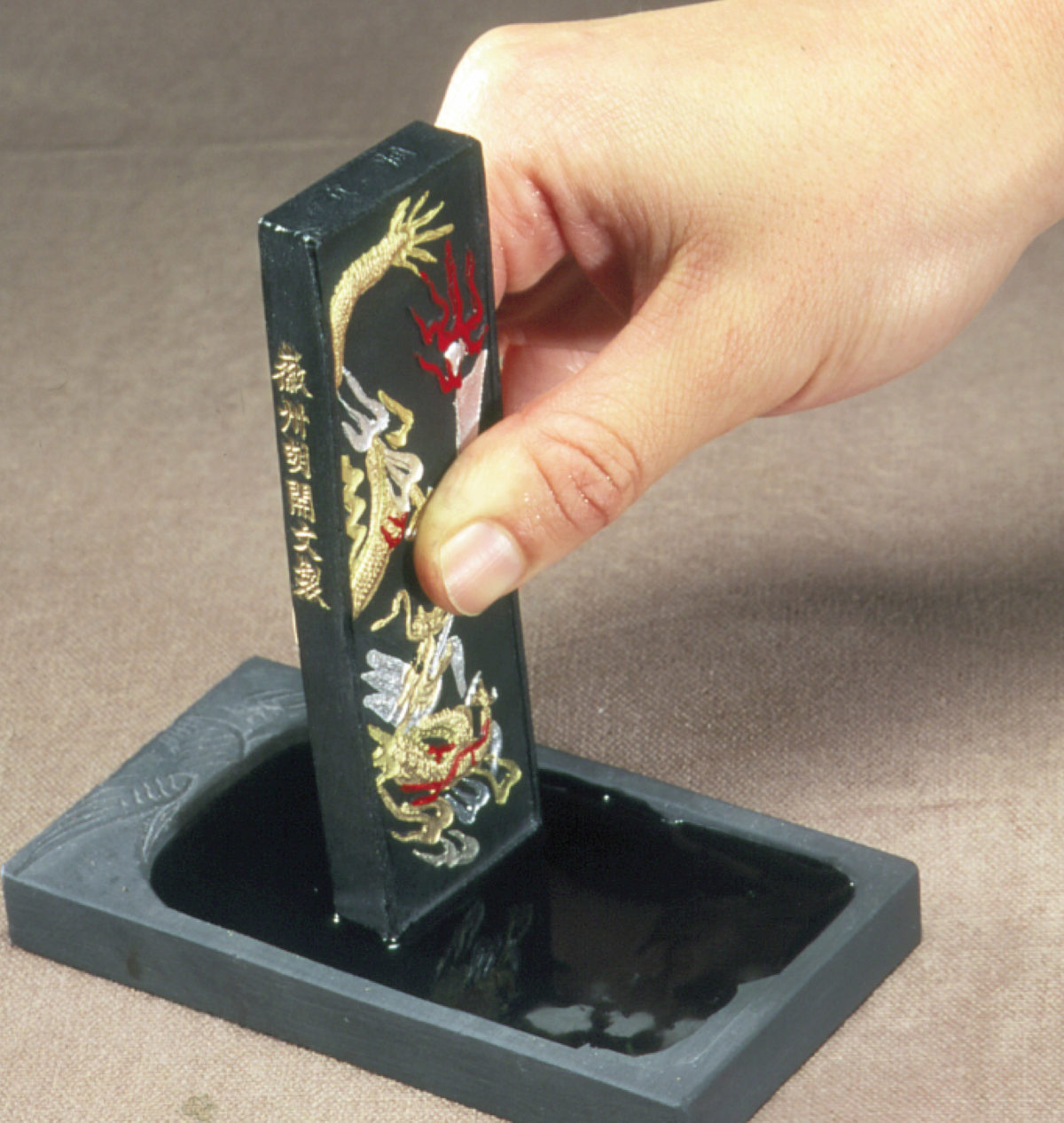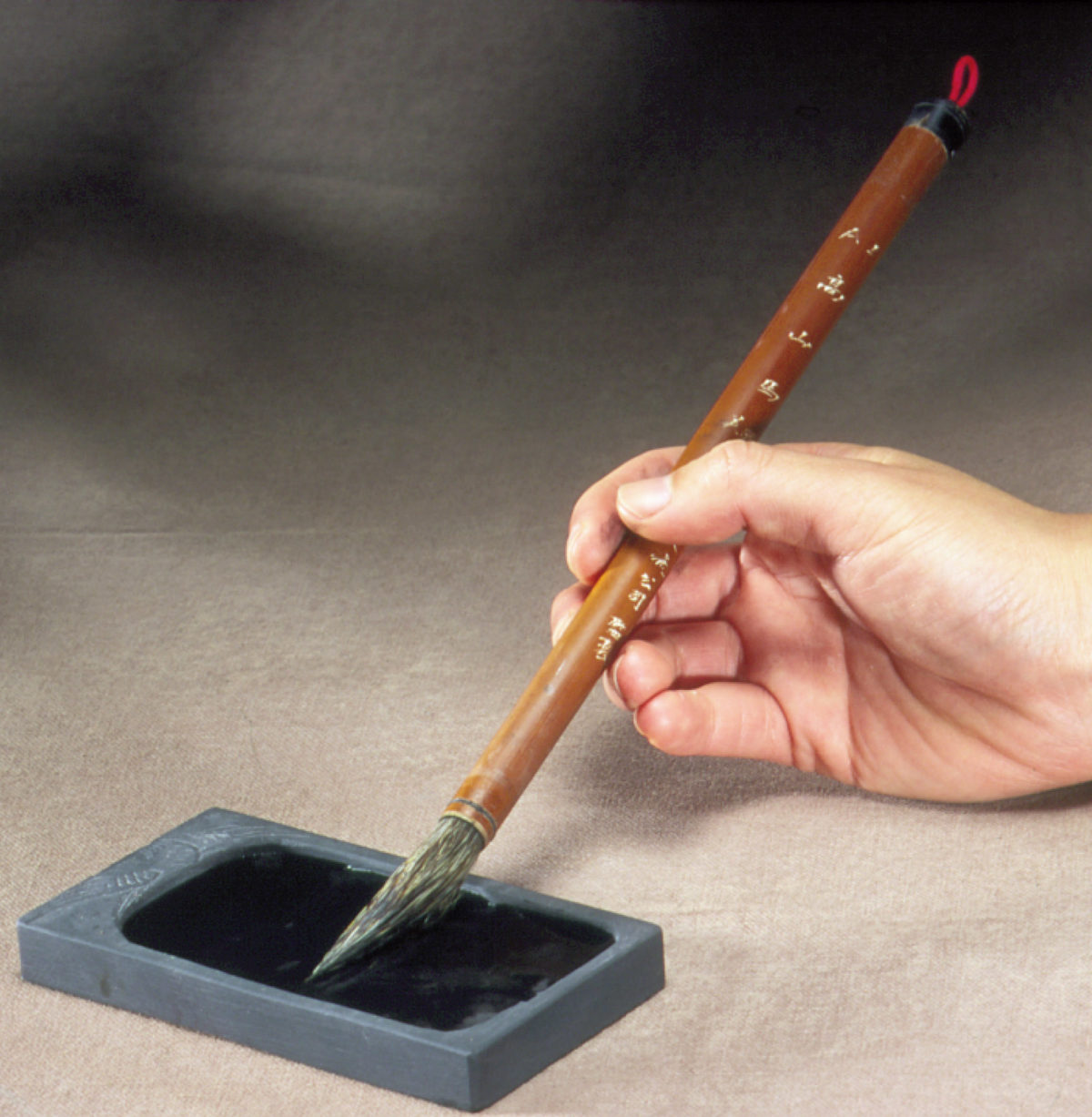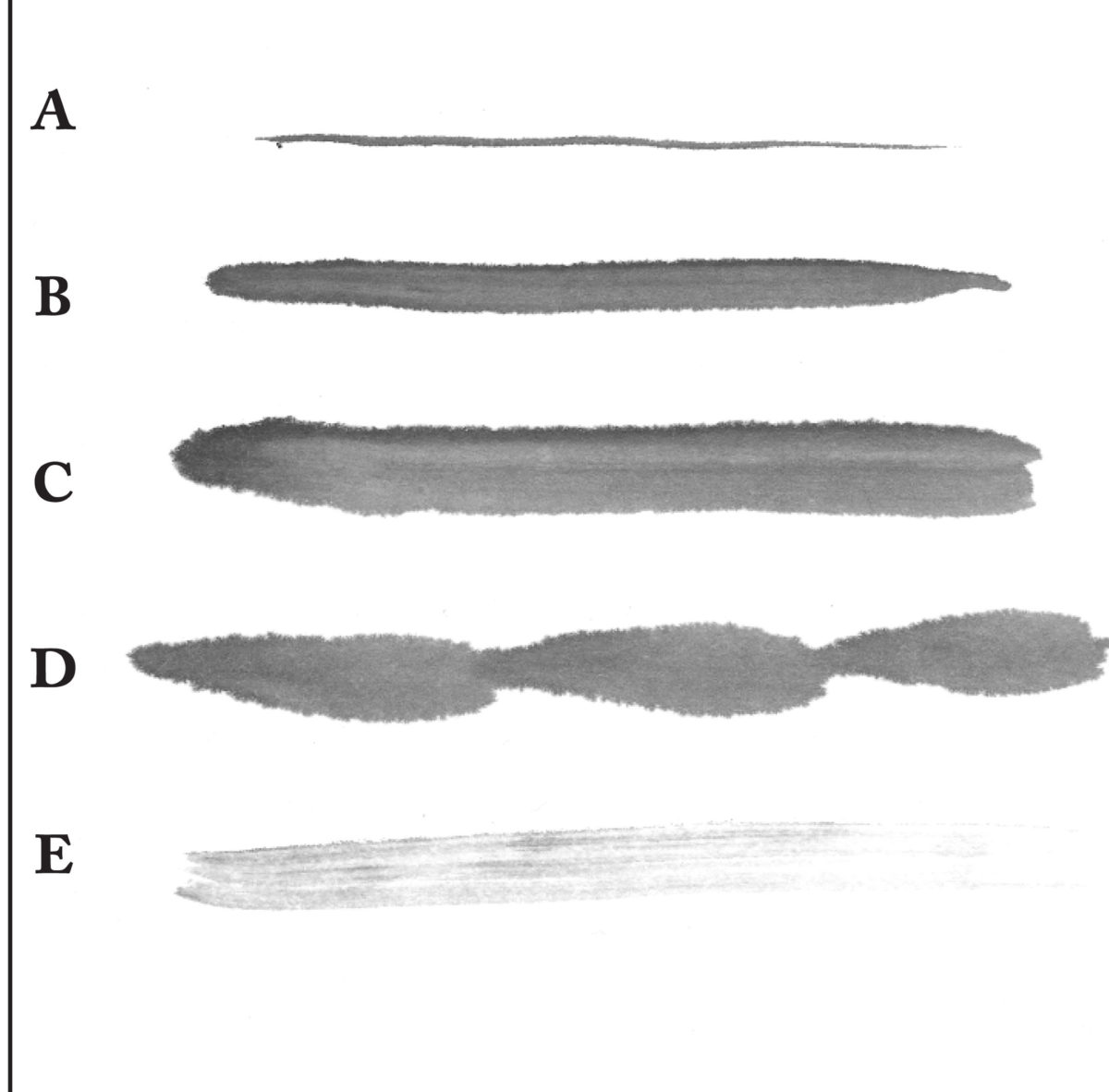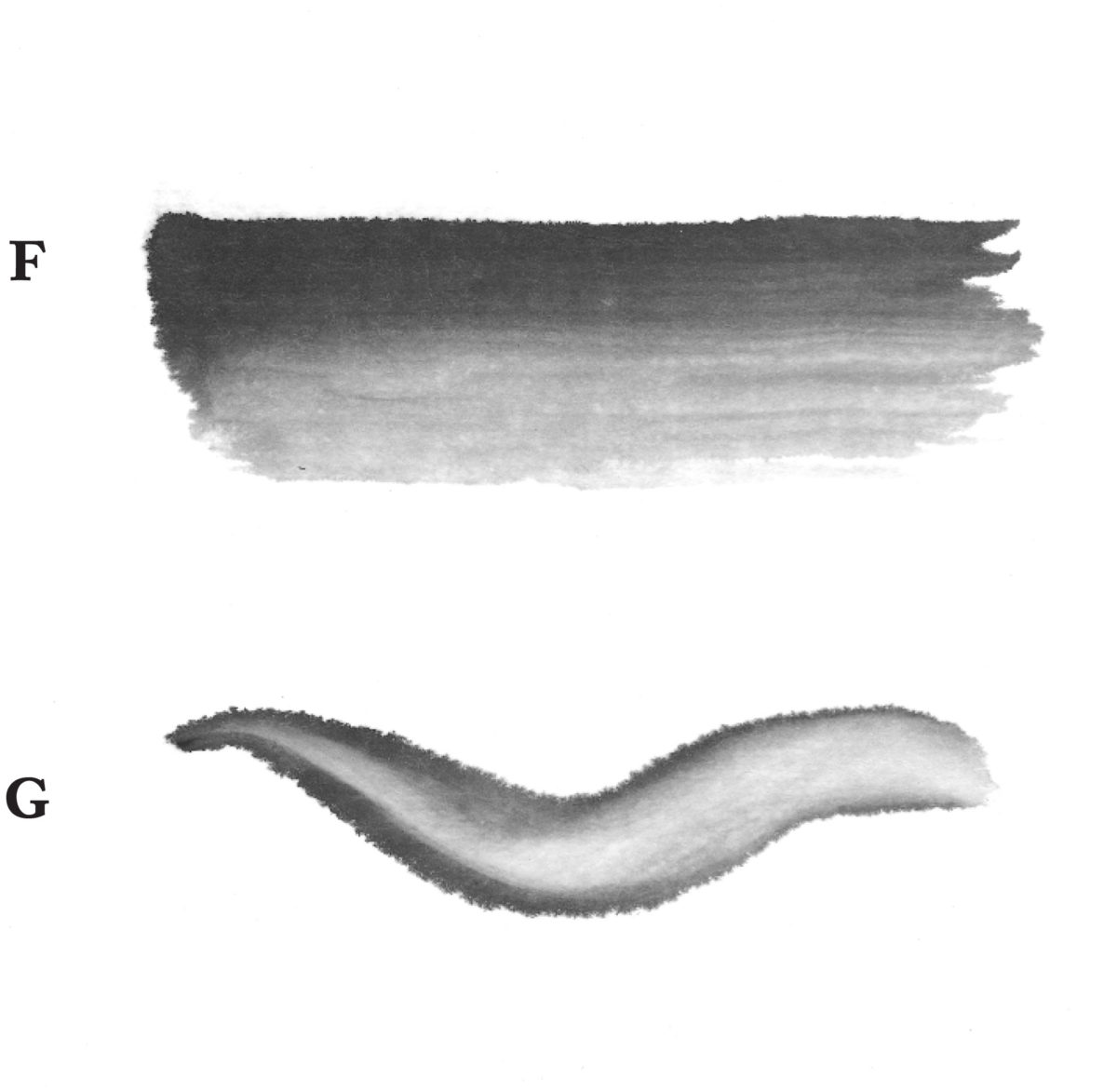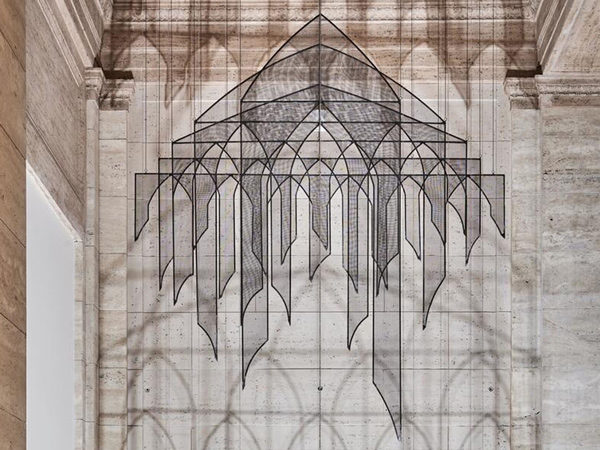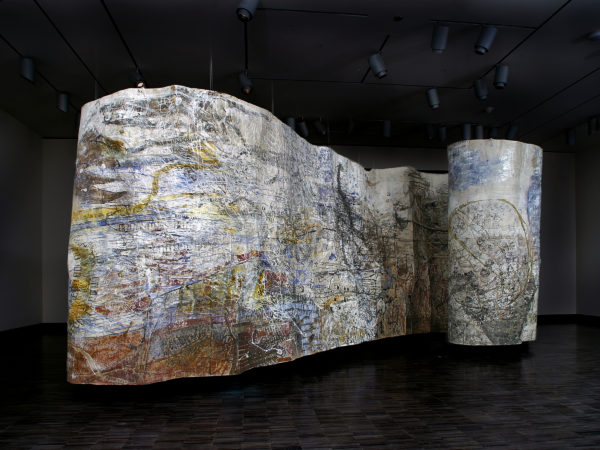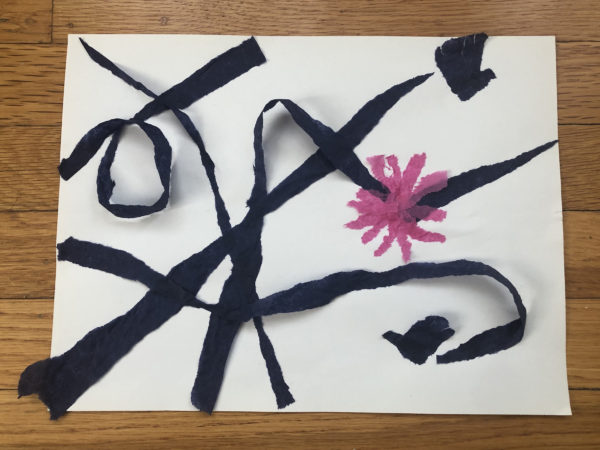Activity
An Introduction to Chinese Brushpainting Techniques
Experience for yourself the art of brush-and-ink painting. Begin by learning how to hold the brush. Once you feel comfortable, experiment by applying varying degrees of pressure, speed, and moisture. Finally, create your own brushpainting masterpiece.

When executed with masterful technique, a single ink brushstroke is capable of conveying vitality, delicacy, and contemplation—the essence of Chinese philosophy and spirit. It is this “life force” or qi (pronounced chee) that the artist aspires to capture and express through brushpainting. Unlike European-trained artists, those trained in traditional Chinese brushpainting techniques do not try to create a realistic rendering of the external appearance of a subject, but instead seek to capture its inner spirit. Only after intently observing the subject matter in its natural state does the painter return to the studio to paint. The essence of the subject is retained in the artist’s imagination, and it is this image that is painted in a moment of spontaneous inspiration.
Traditional Chinese artists use a special black ink (mo) that is said to contain “infinite gradations of color.” This ink is made from a mixture of burnt pine soot and glue that is molded into an inkstick.
How do brushpainting masters create such an array of vibrant brushstrokes and ink washes? They begin by intently studying the techniques, elements, and principles of traditional brush and ink painting (bi mo hua). Experience for yourself the art of brush-and-ink painting. Begin by learning how to hold the brush (see images above). Once you feel comfortable, experiment by applying varying degrees of pressure, speed, and moisture. Finally, create your own brushpainting masterpiece.


